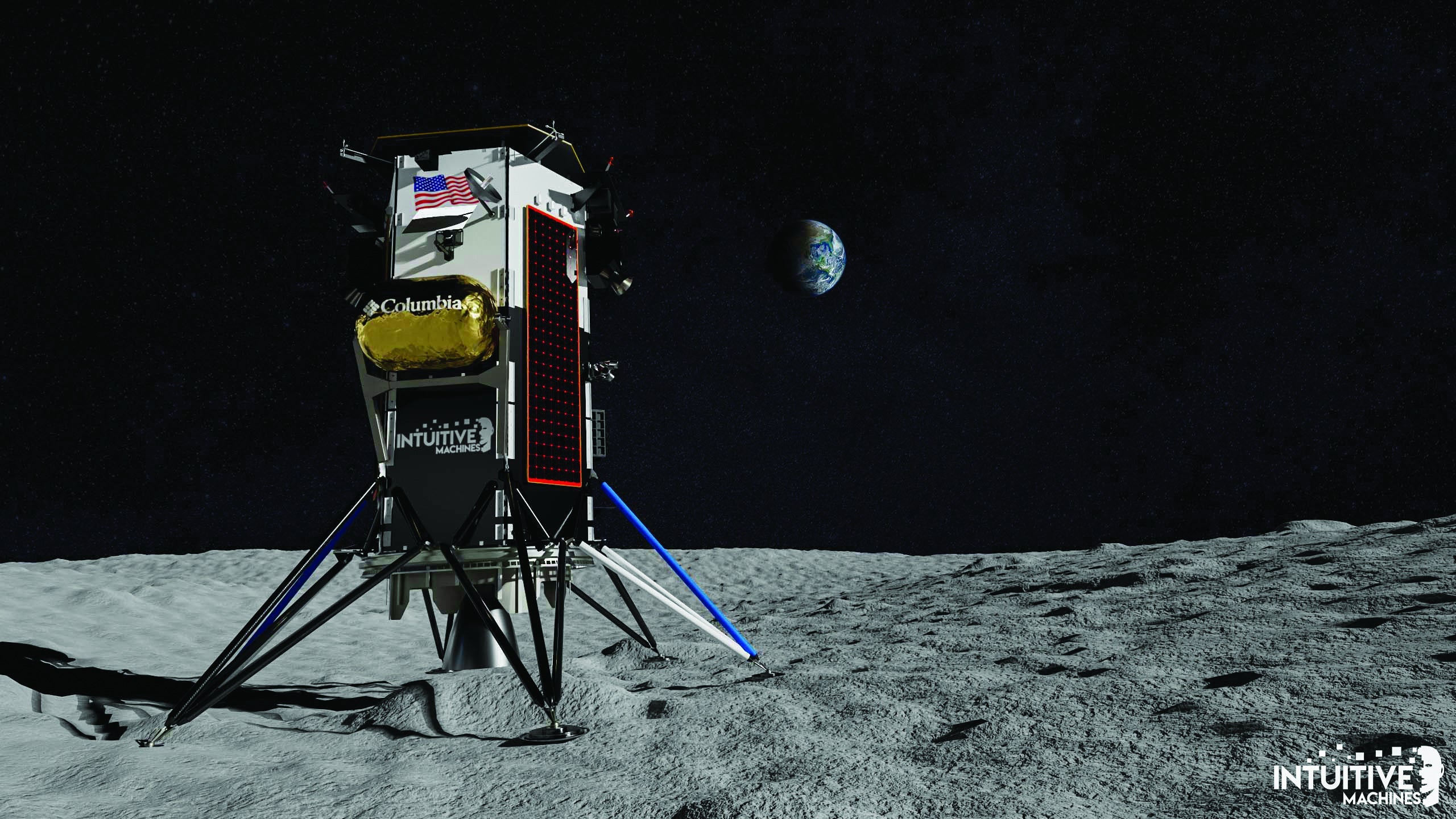From the pages of our latest print magazine, we’re proud to present four advancements that push the outdoor industry forward in positive ways.
New Life for Batteries
Currently, electric bikes—not cars—are the world’s best-selling electric vehicles. While e-bikes are great for reducing emissions, they aren’t without their own impact. Like electric cars, they’re powered by lithium-ion batteries that are environmentally intensive to produce (they last two to five years). Boulder, Colorado-based PeopleForBikes hopes to address sustainability concerns with a first-of-its-kind, industry-wide battery recycling program.
The nonprofit has collaborated with Call2Recycle to ensure end-of-life batteries are safely collected and properly recycled, rather than dumped in landfills. “Our goal is to make electric bicycle battery collection and recycling seamless for customers, retailers, and brands,” said Leo Raudys, CEO of Call2Recycle. In November 2021, more than 40 bike suppliers and manufacturers committed to support and fully fund the program; retailers will be able to sign on as collection sites come February, and batteries will start being recycled in summer 2022.
Fly High
Every serious camper knows the frustration of waking up to a saggy, soggy rainfly. Polyurethane-coated nylon, the industry’s standard material for tent flies, soaks up water, dries slowly, and is often made from virgin materials—bad for campers and the environment alike. Looking for a solution, the NEMO team dreamt up Osmo, a new fabric built around a 100-percent recycled nylon/polyester weave that repels water better than traditional flies.
Osmo will debut this year in the brand’s Dagger and Hornet Elite tents, which meet flame-retardant standards without the inclusion of any nasty toxins like per- and polyfluoroalkyl substances (PFAS). “By choosing high-performing recycled yarns and PFAS-free finishes to build Osmo, we’re continuing our commitment to sustainable design for people and the planet,” said NEMO product development manager Gabi Rosenbrien.
Out of This World
For the first time in 50 years, the U.S. is bound for the moon. Leading the mission is Intuitive Machines, whose Nova-C lander will launch on a SpaceX rocket in early 2022, destined for the lunar south pole. Anticipating the moon’s extreme temperatures—think -250 to 250°F—researchers looked to Columbia Sportswear: the company’s Omni-Heat Infinity thermal-reflective fabric will wrap exterior panels of the Nova-C.
Itself inspired by NASA tech, the distinctive gold metallic foil launched in fall 2021 and currently insulates Columbia jackets, hats, and boots while still allowing for breathability. According to Joe Boyle, Columbia brand president, “Our Omni-Heat Infinity technology has been tested in freezing temperatures on glaciers in Alaska and Chile, but the moon represents an entirely new frontier.”
Show Me the Money
In November 2021, President Biden signed the $1 trillion Infrastructure Investment and Jobs Act into law. “This is the first time a large infrastructure package prioritizes and recognizes the importance of the outdoor economy alongside traditional infrastructure projects,” said Lise Aangeenbrug, executive director at Outdoor Industry Association. “The infrastructure bill is a landmark investment that will benefit people, parks, and public lands and waters across the country.”
A few of the budget allocations we can expect: $350 million to construct wildlife-friendly roadway crossings, $250 million to improve access to Forest Service lands, $100 million to improve recreation sites on federal lands, $14.65 billion for estuary restoration and stormwater management projects, and $100 million set aside for natural infrastructure solutions that enhance resilience to drought and wildfires.



